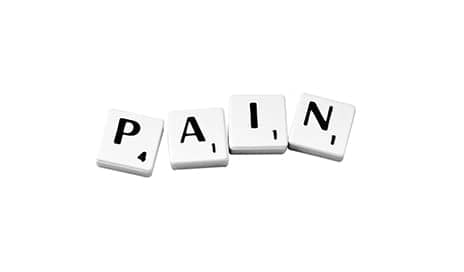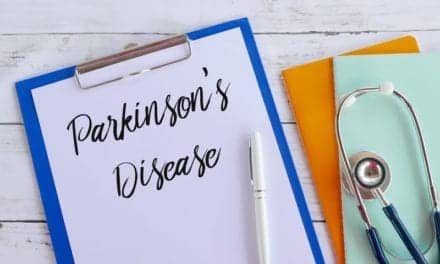According to an analysis of the National Health Interview Survey (NHIS) by a NIH epidemiologist, American veterans experience a higher prevalence of and more severe pain than nonveterans.
In addition, per the survey, young and middle-age veterans tend to suffer the most.
“Our analysis showed that veterans were about 40 percent more likely to experience severe pain than nonveterans,” says Richard L. Nahin, PhD, the lead epidemiologist at the National Center for Complementary and Integrative Health (NCCIH) at the National Institutes of Health, and the lead author of the analysis.
“As well, younger veterans were substantially more likely to report suffering from severe pain than nonveterans, even after controlling for underlying demographic characteristics. These findings suggest that more attention should be paid to helping veterans manage the impact of severe pain and related disability on daily activities,” he adds, per a media release from the NIH.
Survey findings were published recently in The Journal of Pain.
The analysis is based on data from the 2010-2014 NHIS, in which 67,696 adults (6,647 veterans and 61,049 nonveterans) responded to questions about the persistence and intensity of self-reported pain during the 3 months prior to the survey. The majority of veteran participants were men (92.5%), while the majority of nonveteran participants were women (56.5%). The survey data did not identify any specific aspects of military service, including branch of the armed forces, years of service, or whether the veteran served in a combat role, the release explains.
Among the findings, according to the survey, more veterans (65.5%) than nonveterans (56.4%) reported having pain in the previous 3 months; and a higher proportion of veterans (9.1%) reported having severe pain than nonveterans (6.3%).
In addition, per the release, younger veterans (7.8%) were substantially more likely to report suffering from severe pain than nonveterans (3.2%) of similar ages, even after controlling for underlying demographic characteristics.
Regarding types of pain, the survey notes that veterans were more likely than nonveterans to have any back pain (32.8%), back pain with or without sciatica (12.2%, 20.5%), or joint pain (43.6%), but less likely to have jaw pain (3.6%) or migraines (10.0%); and the prevalence of severe pain was significantly higher in veterans with back pain (21.6%), jaw pain (37.5%), severe headaches or migraine (26.4%), and neck pain (27.7%) than in nonveterans with these conditions.
In terms of age, per the release, for nonveterans, as age increased, the prevalence of any pain and severe pain also increased; however, for veterans, those aged 50 to 59 were most likely to have severe pain, while the youngest and oldest groups were least likely to have severe pain. In addition, veterans aged 18?39 and 50?59 were more likely than nonveterans of the same ages to have any pain. Veterans aged 18?39 were also more likely to have severe pain than nonveterans in the same age group. However, veterans aged 70 or older were less likely to have severe pain than similarly aged nonveterans.
Lastly, per the survey, male veterans (9.0%) were more likely to report severe pain than male nonveterans (4.7%); however, no significant difference was seen between the two female groups.
“These findings show that we still have much more to do to help our veterans who are suffering from pain,” states Josephine P. Briggs, MD, director of NCCIH.
“This new knowledge can help inform effective health care strategies for veterans of all ages. More research is needed to generate additional evidence-based options for veterans managing pain. Over time, this research may help nonveterans as well.”
[Source: National Institutes of Health]





